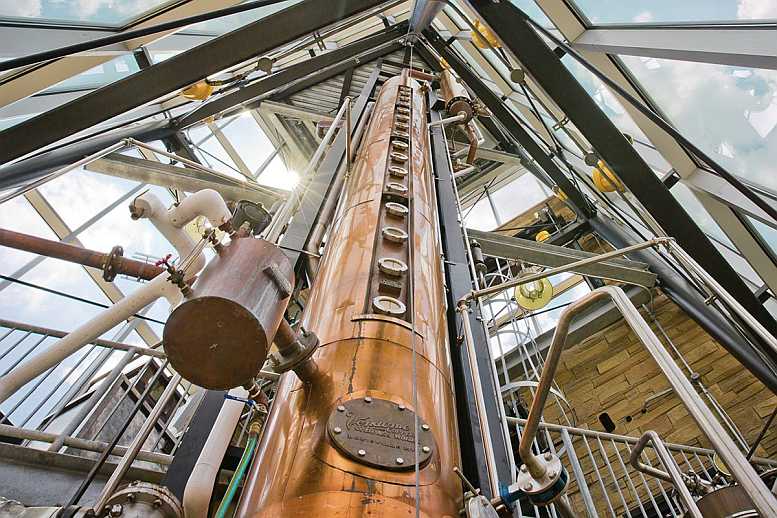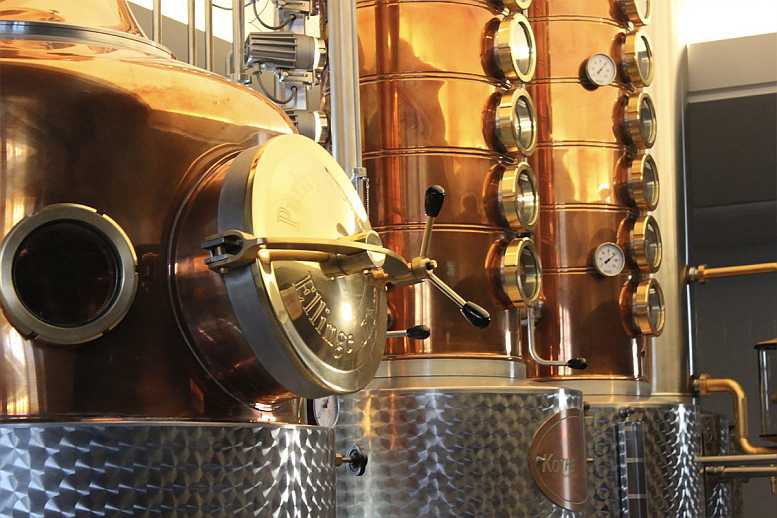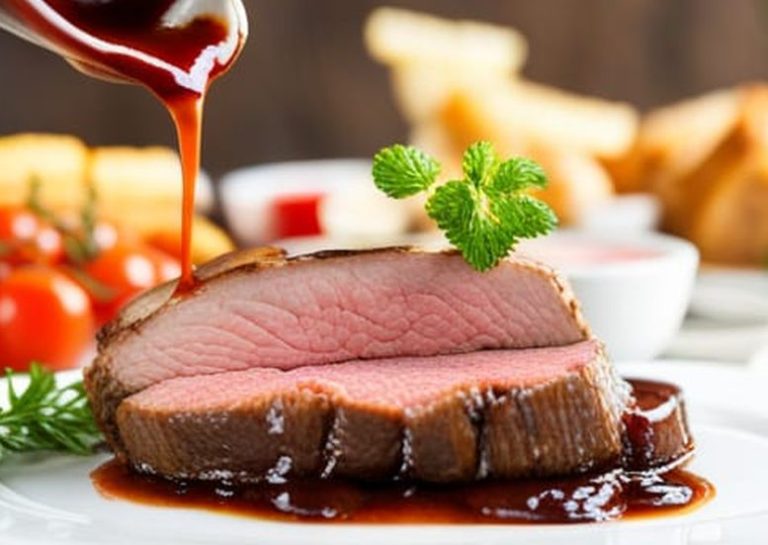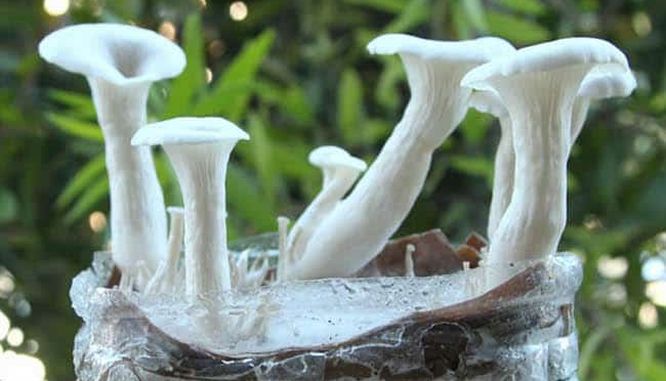Column Still Distillation: How a Column Still Works

NOT LONG ago, we took a look at the beautiful simplicity of the pot still. We explained its inner-workings, and why so many great spirits pour forth from them. Now let’s take a dive into the world of continuous column stills.
Column stills have been around for roughly two centuries, with former Irish exciseman Aeneas Coffey having invented his Coffey still in the 1830s.
While his invention was not the first continuous distillation system, it certainly had the most impact.
Today, there are countless iterations on his design in use producing everything from vodka to whiskey and everything in between.
Column Still Distillation 101
True to the term, continuous distillation systems operate continuously. This means a controlled amount of fermented wash (be it beer, wine, agave or sugarcane) is constantly being pumped into the still while a steady supply of freshly distilled spirit emerges on the other side.
What happens in the middle is some fascinating engineering design.
Column stills, as their name suggests, are composed of straight columns. In most cases they eschew the bulbous pot design found in typical batch distillation systems.
Grainge Single Malt Whisky is our Latest Exclusive Spirit Essence Flavour
In the world of bourbon production, there will likely only be a single column used to produce a constant stream of low wines, the name of the spirit that comes from the first distillation. Those low wines are then fed into a doubler, essentially a small pot still that works continuously.
With vodka, where flavors need to be almost completely removed, a high degree of separation is desired. There may be four or five connected columns that all serve to purify the spirit to increasingly greater degrees.
And of course, these are simply the extremes for column still distillation. There are quite a few variations found in between for different distilleries and spirits.
The column is composed of a series of plates or trays. The substance to be distilled (usually referred to as “feedstock” in industry parlance) is fed into the column at roughly the vertical halfway point.
DO YOU enjoy Johnny Walker Red? Here’s a JWR taste-alike!
The feedstock runs down through the trays of the column due to gravity. However, coming up from the bottom of the column is a blast of steam. When the steam comes into contact with the feedstock, it volatilizes the ethanol and flavor components.
As a result, these vapors begin traveling back up through the plates.
Vapor to Liquid and Repeat
Thanks to basic geometry, each tray is slightly cooler than the one beneath it. This causes a bit of condensation of the vapors on each tray.
Since hot vapors are constantly coming through the system, those condensed vapors are redistilled and thrown back into a vapor state. This rapid transformation from vapor to liquid to vapor happens over and over again.
How to Create Your Own Version of whisky With Superior Legend Spirit Essence
This reaction increasingly separates heavier compounds like fusel oils from the lighter compounds like ethanol as the vapors make their way up the column.
As a result, this increases the “purity” of the spirit. If there are enough trays in place, column still distillation can produce a spirit over 96% ethanol.

As the spirit makes its way through the column eventually it will reach a point where the distiller is ready to draw it off from the still. But remember: these vapors are still hot, so we need to condense them into liquid form.
What some distilleries do is set up the incoming feedstock piping to run in a counterflow to the outgoing vapors. The hot vapor piping then passes heat onto the feedstock piping, thus cooling the spirit down to a liquid while preheating the incoming feedstock.
It’s an energy-efficient and environmentally friendly system.
All Spirits from Vodka to Whiskey
These stills range in size from relatively diminutive columns of only 16” in diameter to impossibly huge 96” diameter behemoths pumping out rivers of alcohol. The numbers can be staggering.
Bulleit’s new distillery in Shelbyville, Kentucky has a moderately sized column still with a diameter of 42” and is filling 800 barrels per day. Nice Daniel’s has two columns with 72” diameters and four columns with 54” diameters making them the largest whiskey distillery in the U.S.
Column still distillation seems simple enough. Turn on the heat, begin pumping feedstock and wait for the alcohol to emerge. However, that seeming simplicity belies the necessity of skilled operators. These stills must be monitored constantly because a small change in feedstock flow rate, incoming alcohol level, cooling, and so on can have huge impacts on the final spirit quality.
Column stills sometimes get a bad rap from folks thinking that true “craft” spirits can only come from pot stills. This couldn’t be farther from the truth.
Sure, column stills are used to make any number of neutral flavored vodkas and bottom shelf whiskey blends.
But they’re also used to make Pappy Van Winkle and Johnnie Walker Blue, two brands few people would turn down. Column stills are just another tool in the distiller’s toolbox.
Until next time… Happy Distilling!
Cheers

Questions about Spirit Essences or Home Distilling?
Phone John direct NOW – 0414 955 743
Keith’s Global Flavors Spirit Essences Facebook Page
Global Flavors’ HOME DISTILLERS CLUB Facebook Group






